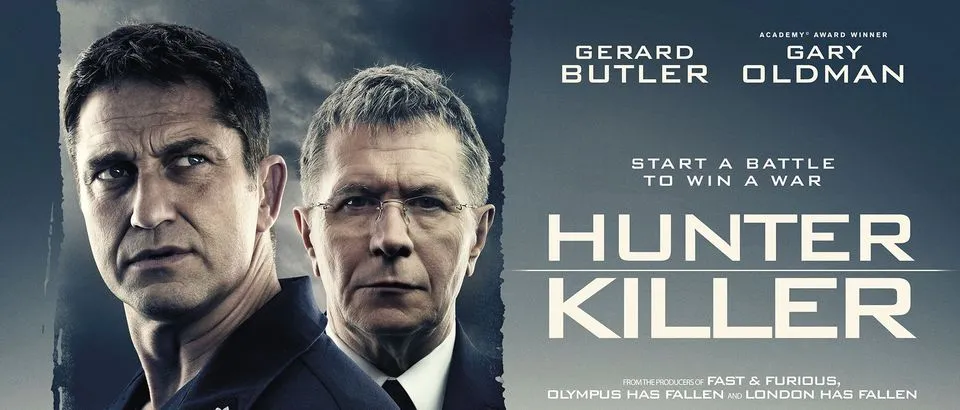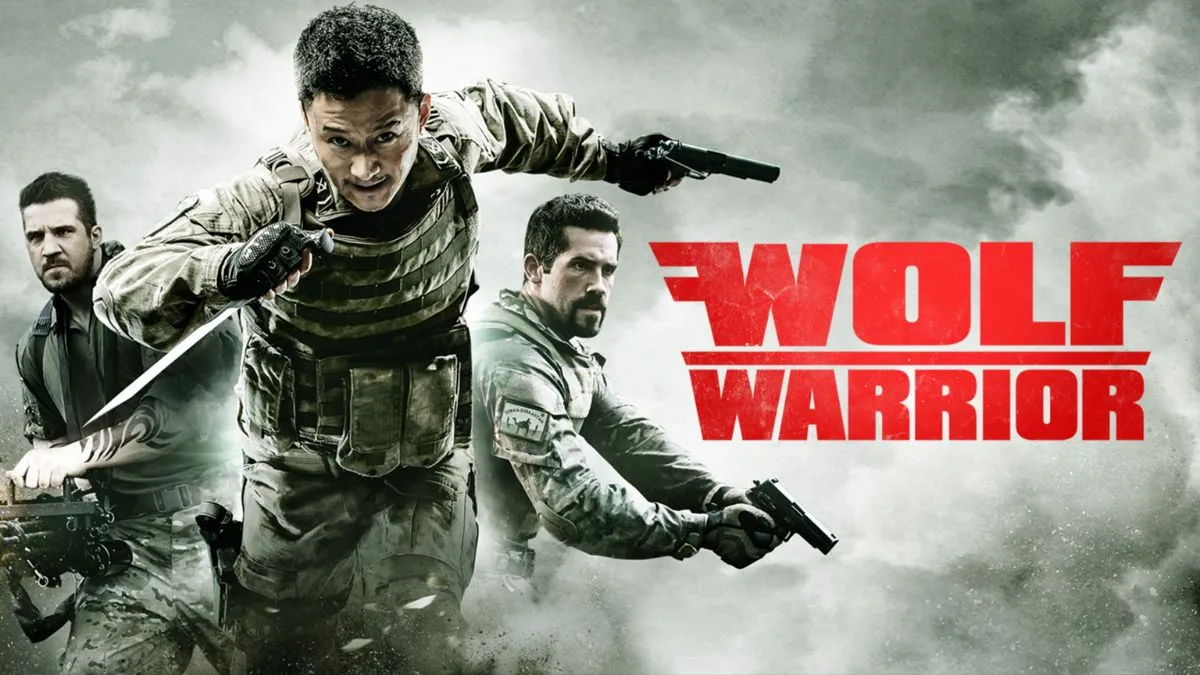300: Rise of an Empire is a follow-up to the 2006 blockbuster 300, but instead of being a direct sequel, it tells a parallel and partially overlapping story. While King Leonidas and his 300 Spartans face their fate at Thermopylae, another war is raging at sea—led by Athenian general Themistocles against the massive Persian navy.
The film begins with a flashback to the Battle of Marathon, where Themistocles kills Persian King Darius I, unknowingly setting events in motion that would shape the future of Greece. Darius’s son, Xerxes, transforms himself into a self-proclaimed god-king and declares war on all of Greece. At the same time, the powerful and vengeful Persian naval commander Artemisia, a Greek-born warrior who switched sides after a traumatic past, leads the Persian fleet with brutal precision.
Sullivan Stapleton plays Themistocles, portraying a more strategic and thoughtful warrior than Gerard Butler’s ferocious Leonidas. However, it is Eva Green as Artemisia who dominates the screen with her intense, commanding performance. Her character is both terrifying and captivating—ruthless in combat and seductive in negotiation.
Visually, the film continues the distinct, stylized aesthetic of its predecessor—slow-motion blood splashes, high-contrast color grading, and heavily choreographed action sequences. However, this installment shifts the battlefield to the sea, bringing large-scale naval warfare and dramatic ship-to-ship combat into focus.
Despite its ambitious visuals and dramatic tone, 300: Rise of an Empire received mixed reviews. Critics praised the bold action and Eva Green’s performance but criticized the film’s thin storyline and overreliance on stylistic effects. The narration-heavy structure, while reminiscent of the first film, feels less effective this time around.
From a box office standpoint, the movie performed respectably, grossing over $300 million worldwide. However, it didn’t capture the same cultural impact or critical praise as the original 300.
For fans of stylized historical fantasy and large-scale battles, the film delivers on visual spectacle. But those looking for a deeper narrative or character development may find it lacking. Still, its depiction of unity among divided Greek states and the theme of resistance against tyranny remains consistent with the spirit of the original.
-1753329978-q80.webp)

-1750923054-q80.webp)
